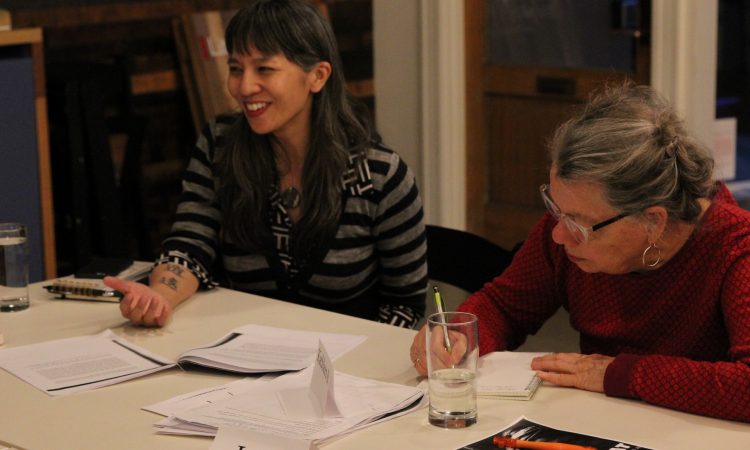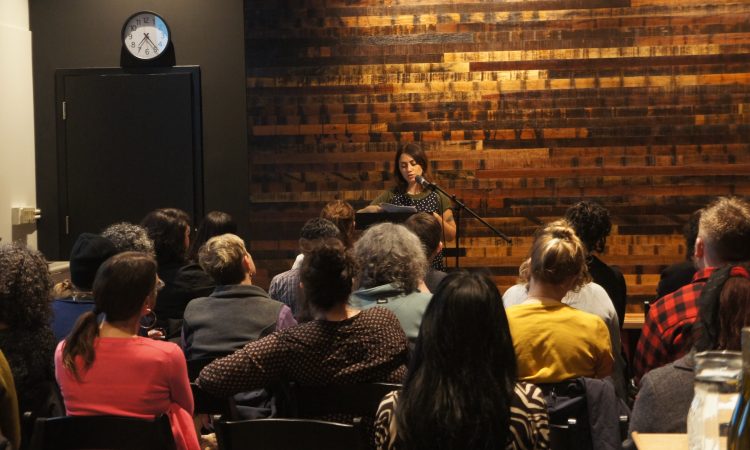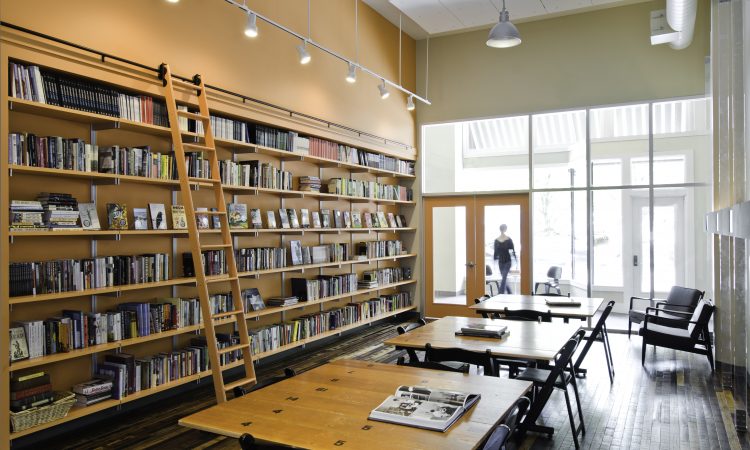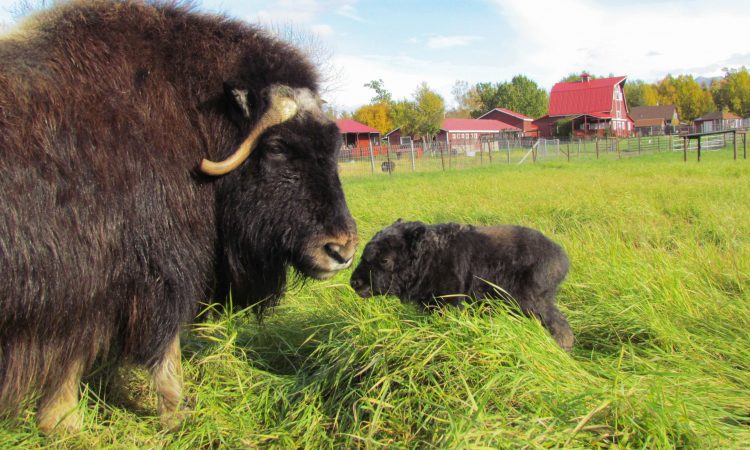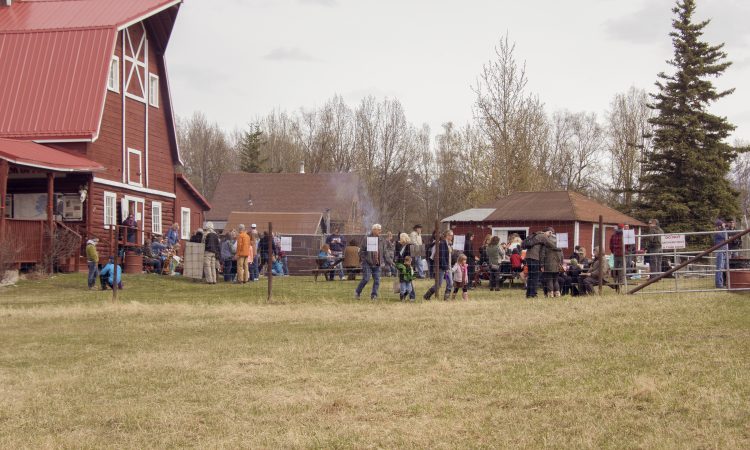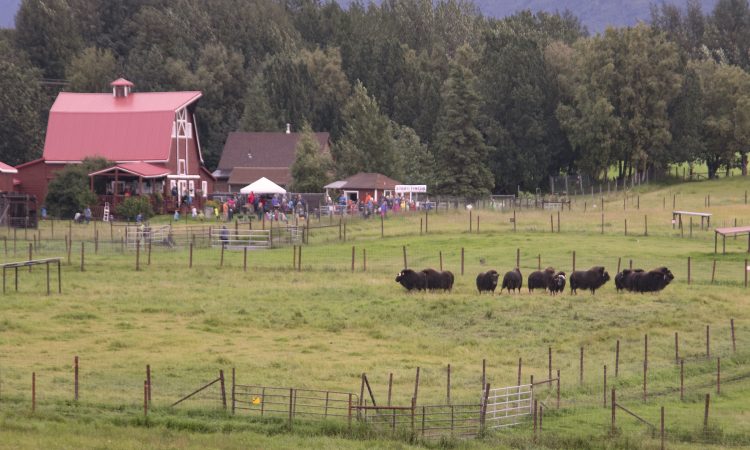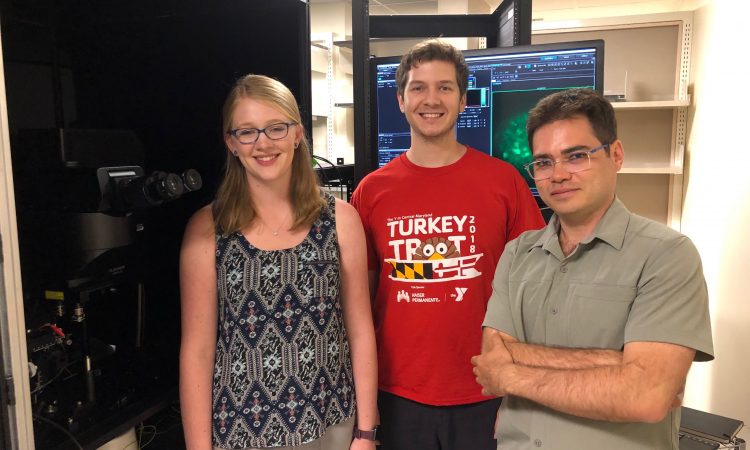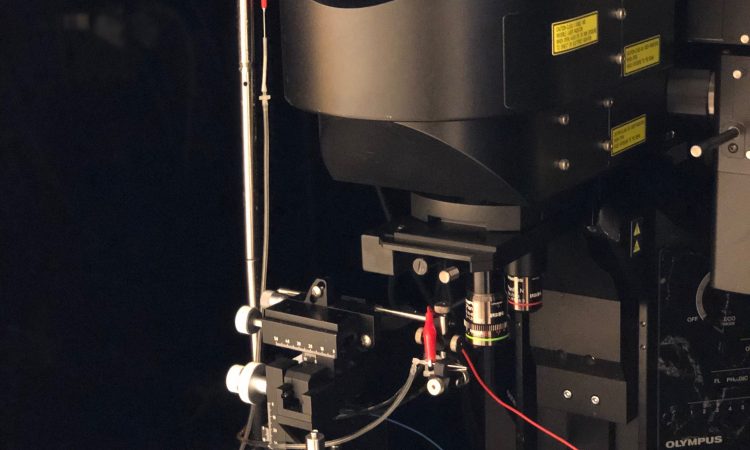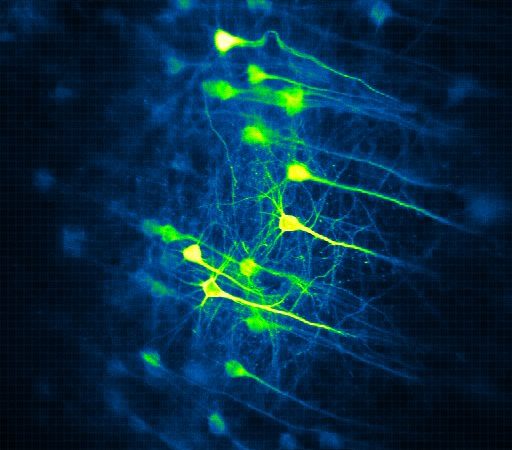By Moses Lee
“When the winds of change blow, some people build walls and others build windmills.”
—Chinese Proverb
Recently, I wrote an article called “Keeping the Promise.” In the article, I sought to identify the different types of promises nonprofit organizations make to their constituents and communities. As I have reflected further on the promises of nonprofits, I realized there is a vital element that enables nonprofits to keep their promises once their operations are off and running: innovation. Organizations—nonprofit or for-profit—that do not have an innovative vision are in danger of losing their relevance, becoming complacent, and risk becoming stale. Organizations that are not constantly innovating often fail or fade away. These organizations are not keeping their promises to their constituents, because the organizations fail to adapt to the constituents’ needs. On the other hand, organizations that are innovative pay close attention to the growing and changing needs and advancements of the communities or constituents they serve, whether they involve technology, methodology, or shifting moods and thinking. In other words, these organizations are market-driven.
Unfortunately, many nonprofit organizations are neither ready to be nor capable of being innovators. A 2017 article in the Stanford Social Innovation Review pointed to a study of 145 nonprofit leaders. While 80% of these leaders described innovation as “an urgent imperative,” only 40% of them said their organizations were prepared to innovate. An Inc. magazine article last year went so far as to suggest that, when it comes to innovation, more nonprofits should be run like for-profit businesses. We have noticed that for-profits have things to learn from nonprofits, too, but when it comes to innovation we all must learn to make it a part of our work.
The need for innovation among nonprofits is clear if organizations will continue to deliver on the promises they make over time. Working closely with nonprofit organizations that partner with the Murdock Trust, I have observed three main types of innovation:
- General innovation introduces something new to an organization to address a specific need within the organization.
- Transformational innovation has a profound and lasting effect on the organization’s core structure or operations.
- Groundbreaking innovation introduces something few, if any, other organizations are doing. Groundbreaking innovation represents not just innovation within the organization, but within the culture at large.
It has been my privilege to witness these types of innovation among Murdock Trust grant recipients. Here are examples of each type of innovation at work.
Literary Arts, Inc.
Based in Portland, Oregon, Literary Arts exists
“to engage readers, support writers,
and inspire the next generation with great literature.” Literary Arts hopes to
foster a lifelong love of literature in an intergenerational and diverse
audience and strengthen the communities of artists who make it. Since 2009, Literary
Arts has nearly tripled in size and operating budget. Today, the organization
serves more than 20,000 readers and writers across Oregon through a combination
of lectures, youth programs, fellowships, seminars, and festivals. These
events—which encourage and celebrate Oregon’s literary community—are held statewide
in concert halls, libraries, schools, and, increasingly, online.
Literary Arts recently received Trust support for new technology to better serve their expanding audience. These efforts include the design and implementation of a new, robust website, the development of an online newsletter, and the expansion of their online programming through podcasts. This project is a boon for Literary Arts’ marketing efforts and draws more visitors to the organization. Ultimately, this bolsters Literary Arts’ sustainability into the future.
This innovation is an example of general innovation because Literary Arts is creating something new—a redesigned website, revised email newsletter, and new podcast offerings—to stay current and profitable, and increase their audience. Not content to rest on their previous success or stay where the organization stood previously, Literary Arts recognized the importance of creating something new to draw fresh interest.
Musk Ox Development Corporation
Founded by John Teal in 1964, the Musk Ox Development Corporation (MODC) has worked to bring geographically-appropriate agriculture to the far north. In 1984, it became a nonprofit organization and established its operations in the Matanuska Valley of Alaska, near Palmer. MODC keeps a herd of 82 musk oxen, optimally-sized for its 77-acre property. Musk ox are an ice age mammal that once roamed the earth alongside woolly mammoths and saber-toothed tigers. This once-endangered animal produces an annual harvest of qiviut, the finest wool in the world. MODC is “dedicated to the domestication of the musk ox and to the promotion of qiviut production as a gentle and sustainable agricultural practice in the far north, with a focus on public education and providing additional income opportunities to Alaska Natives.”
More than a decade ago, MODC’s leadership recognized that its business model needed to be transformed in order to remain in operation, build financial stability, and enable growth. After a study and following professional advice from the Foraker Group, MODC decided to renovate and expand the iconic Colony barn on their premises. This innovation gave MODC much-needed, climate-controlled, year-round museum, classroom, visitor reception, and gift shop areas, allowing the MODC’s base of patrons and revenues to grow and solidify.
The MODC’s Barn renovation was a transformative innovation because it changed MODC’s business model from occasional revenues (tied to the sale of qiviut) to the availability of a reliable, year-round source of funds. The innovation has strengthened MODC’s finances and created a proven path of economic mobility for Alaska natives.
University of Washington
The University of Washington, based in Seattle, is one of the foremost centers for the study of neuroscience in the world. In the last decade, two advances in neuroscience have had revolutionary impact in transforming scientists’ understanding of the critical brain circuits that control behaviors like reward, aversion, anxiety, impulsivity, feeding, and stress response (which can become maladaptive and lead to addiction, depression, pain, and anxiety). These two approaches—activity sensors and optogenetics—have been combined to allow for “all-optical” manipulation and imaging of neural circuits with single neuron precision and ensemble-level resolution.
The University worked with the Trust toward the purchase of a two-photon microscope with spatial-light-modulation, lasers, and accessories to support neurobiology research. The microscope enables high-throughput, flexible, and chronic dissection of functionally important neural circuits with single-cell resolution.
The discovery of cutting-edge science and building the microscope are examples of groundbreaking innovation. The microscope is one of few such microscopes in the world that can give researchers a window to study how the brain works. The impact of this technology on neuroscience research will be unprecedented for the University of Washington, for science, and for humanity in general.
How is your organization pursuing innovation? Are you looking for better ways to serve your constituents, help your organization be sustainable, transform the core of your nonprofit for the better, or even do groundbreaking work that will have national or worldwide impact? If your nonprofit organization is to continue delivering on the promise it makes to its constituents—a promise to fill their ever-changing and evolving needs—innovation must be part of your vision for the future. Don’t rest and grow stale. Innovate, keep your promises in new ways, and both your constituents and your organization will thrive.
Suggested readings from the Murdock Trust: Talking Point – Innovation and Changing Lives: The Promise of the Nonprofit Sector.
Moses Lee, Ph.D., is the Senior Director for Scientific Research and Enrichment Programs at the M.J. Murdock Charitable Trust



